Desert mangroves are major source of carbon storage, study shows

Short, stunted mangroves living along the coastal desert of Baja California store up to five times more carbon below ground than their lush, tropical counterparts, researchers have found. The new study estimates that coastal desert mangroves, which only account for 1 percent of the land area, store nearly 30 percent of the region’s belowground carbon.
Sinking a Mexican Navy Warship: A GoPro Awards Video
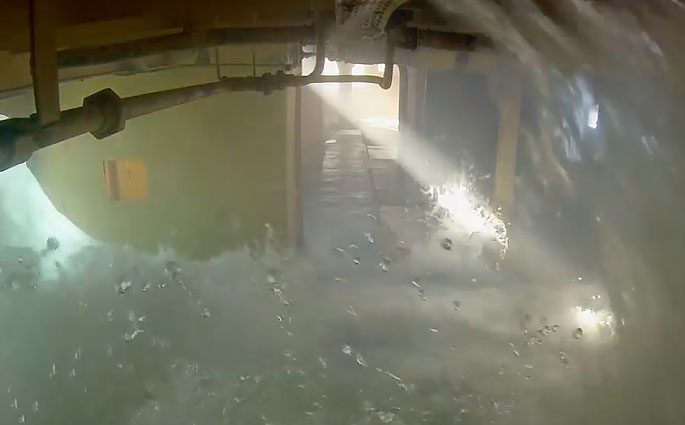
The Uribe 121, a former Mexican Navy battleship, was sunk 1.2 miles off the coast of Rosario, Mexico, to create the first artificial reef in Baja California.
Organic shrimp farmers protect mangrove forests

After three years of implementation of the Mangroves and Markets Project (MAM), shrimp farmers have become more aware of organic production techniques and the need to preserve mangrove forests in their areas.
Thousands to march against coal plant threat to mangrove

Thousands of Bangladeshis will march from Dhaka to the world’s biggest mangrove forest next week in protest at plans to build two coal-power plants on the edge of the World Heritage-listed forest.
Cancún’s mangroves destroyed, but hope grows again
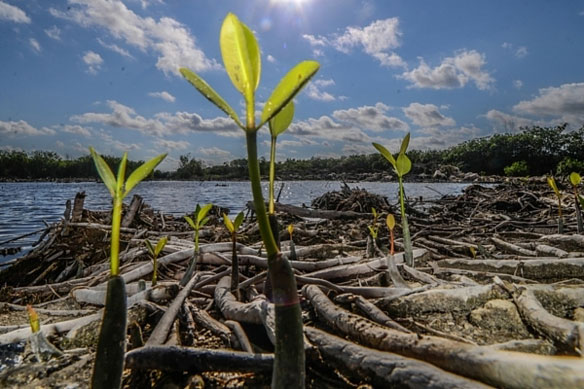
A Mexican court has issued an injunction blocking further work on a real estate project in the Caribbean coast resort of Cancun that activists say has almost killed a 57 hectares mangrove swamp at the site.
Crisis Response: When Trees Stop Storms and Deserts in Asia

A history of deforestation has made Asian nations like Vietnam, China and South Korea especially vulnerable to coastal storms, floods and sandstorms. Yet just as these nations have experienced similar crises, they’re also all pursuing a solution—restoring degraded landscapes.
Coastal Kenyan villages bringing their mangrove forest back to life
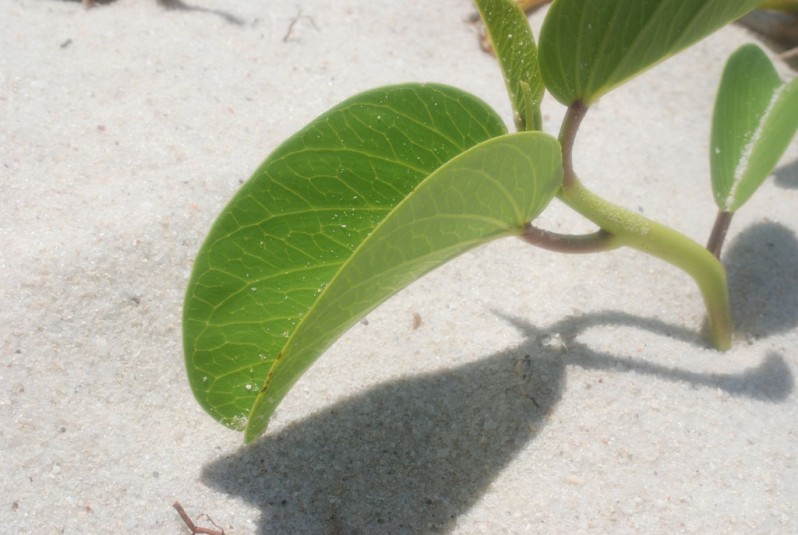
A community on Kenya’s east coast is fighting climate change with its own mangrove restoration, conservation and carbon-trading project
El Niño prolongs longest global coral bleaching event
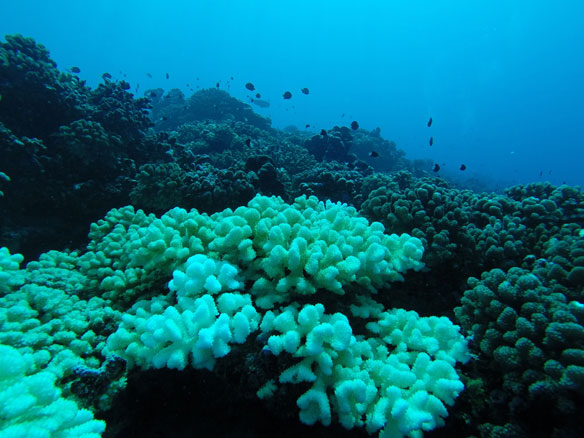
Global warming and the current intense El Niño are prolonging the longest global coral die-off on record, according to NOAA scientists, who will will present the latest global bleaching update and outlook Friday, Feb. 26 at the 2016 Ocean Sciences Meeting in New Orleans.
Seeing the Reef for the Corals
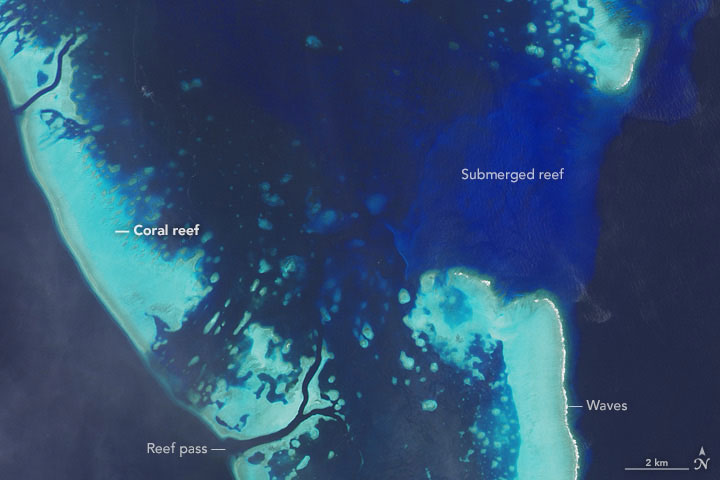
The rainforests of the sea, are one of the most prized ecosystems in the ocean. Coral reefs are home to about a quarter of all ocean fish species, making them hot spots of biodiversity. They protect shorelines from storms, provide food for millions of people, and provide economic benefits by encouraging tourism. Despite their value, few of the world’s reefs have been studied.
